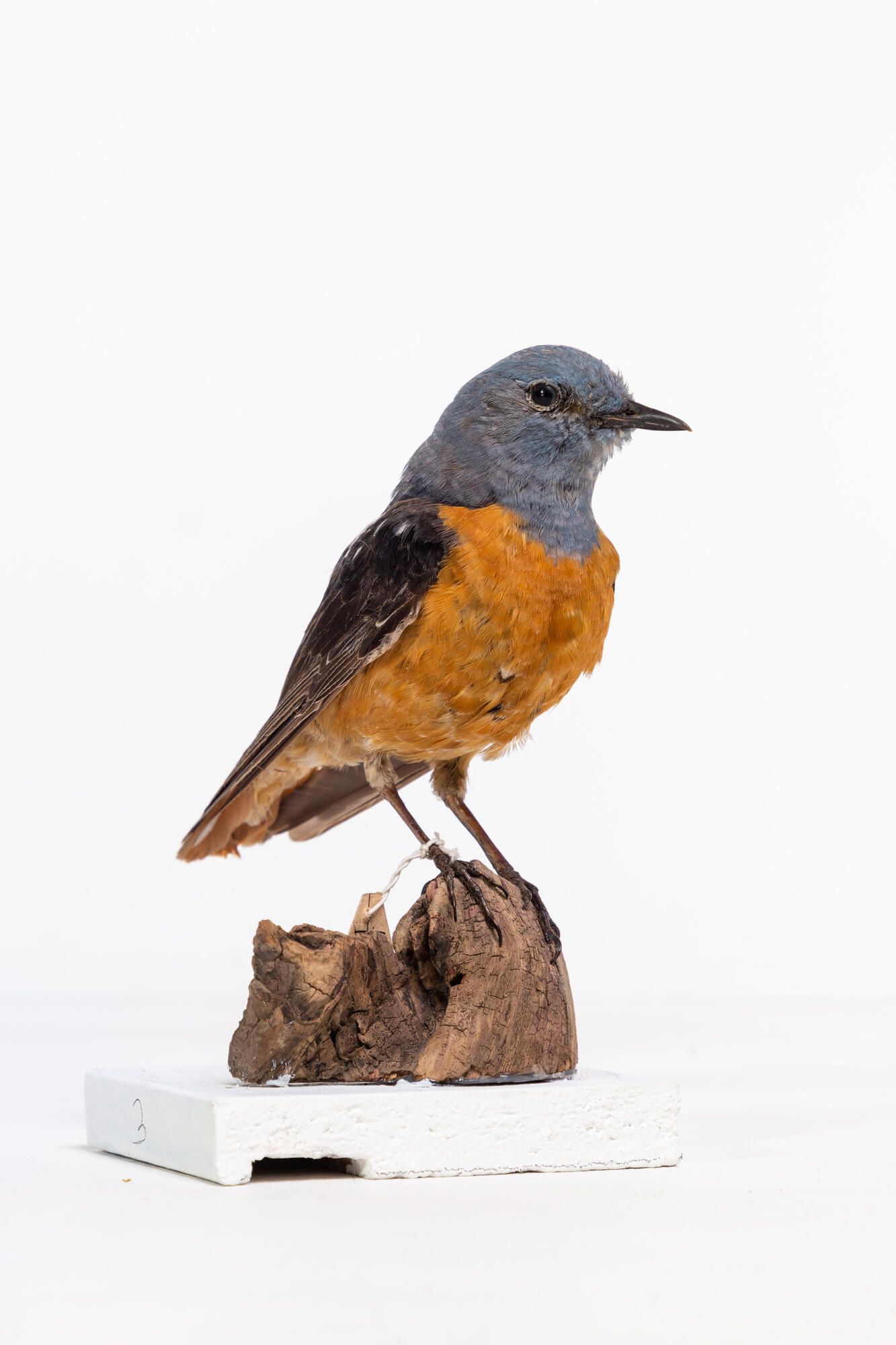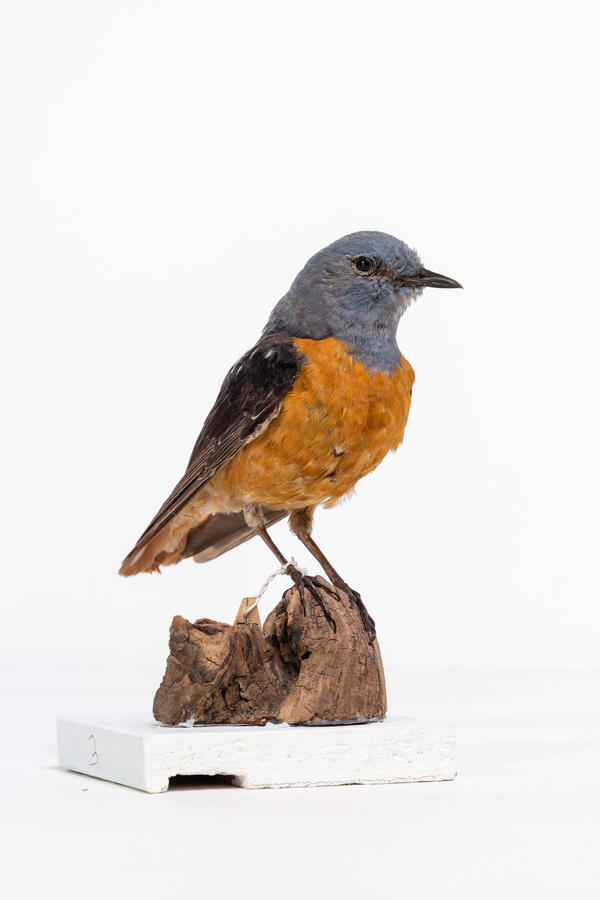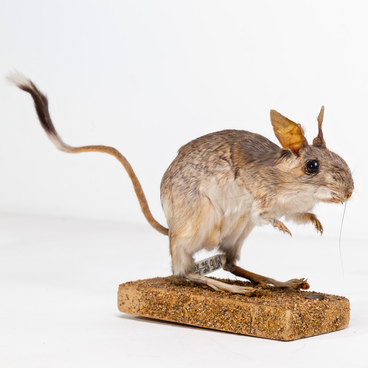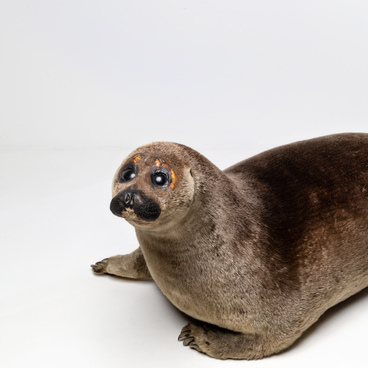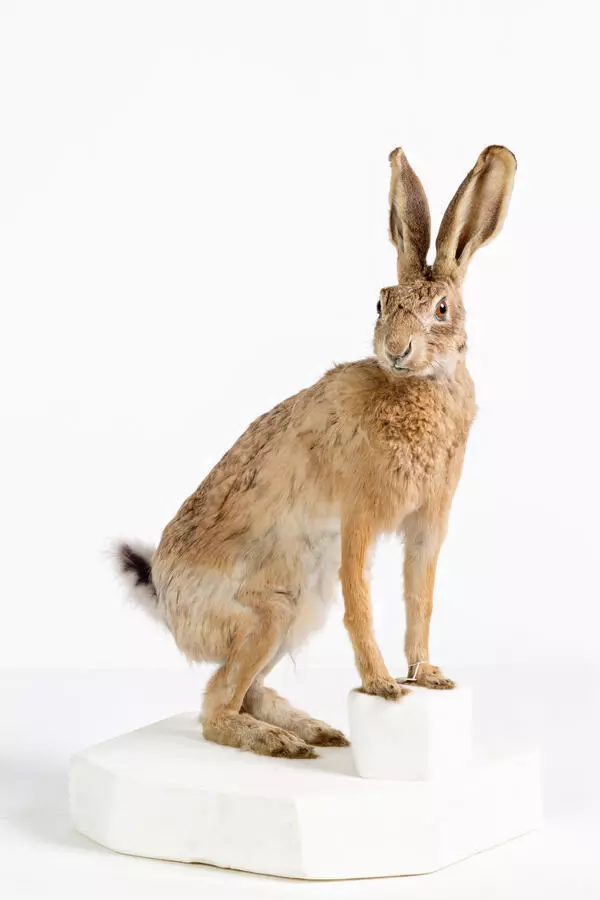The common rock thrush is an inhabitant of the mountain steppe. It prefers dry rocky slopes with sparse vegetation. In Russia, it is found in the Caucasus and in the mountains of Southern Siberia.
Outwardly, this thrush stands out among other golden mountain thrushes. It is blue with a brick-rusty, as if fiery, belly. This is what a male looks like. The female is less brightly colored. It has a grayish-bluish top.
Often the male sings on the fly, while spreading its tail wide. When alarmed, a whistling “whit” can be heard, which is similar to the cry of a redstart. During the current flight, the male takes off with a song into the sky and then descends along a spiral trajectory or like a parachute.
The thrush arrives in the second half of May. The female builds its nest in rock crevices, caves, or wall niches up to 7 meters high under cover of branches or tree roots, and also uses burrows of ground squirrels and Siberian marmots. The entrance to the nest from the outside looks like a tangled pile of stalks, and often hidden behind a bush, so it is difficult to find it. A clutch of 4-6 greenish-blue eggs is incubated by the female for 14-16 days.
Outwardly, this thrush stands out among other golden mountain thrushes. It is blue with a brick-rusty, as if fiery, belly. This is what a male looks like. The female is less brightly colored. It has a grayish-bluish top.
Unfortunately, it is not often possible to see this bird. The thrush is very cautious and timid, so it is more often heard than seen. The male’s mating song is similar to the sound of a flute. It consists of long sounds, minor notes, and various variations that add up to complex phrases. The famous ornithologist and writer Eugene Spangenberg has a story “Unusual Singing”. In it, he describes how in the summer, near the Gur River, some unknown bird led him through the forest giving the impression that a dozen birds were singing. The author followed the singer all night and only by the evening of the next day, he determined that the singer was a common rock thrush.
Often the male sings on the fly, while spreading its tail wide. When alarmed, a whistling “whit” can be heard, which is similar to the cry of a redstart. During the current flight, the male takes off with a song into the sky and then descends along a spiral trajectory or like a parachute.
The thrush arrives in the second half of May. The female builds its nest in rock crevices, caves, or wall niches up to 7 meters high under cover of branches or tree roots, and also uses burrows of ground squirrels and Siberian marmots. The entrance to the nest from the outside looks like a tangled pile of stalks, and often hidden behind a bush, so it is difficult to find it. A clutch of 4-6 greenish-blue eggs is incubated by the female for 14-16 days.
Chicks are fed by both parents. After another two weeks, the chicks leave the nest, but the parents feed them for another 12-15 days. The bird feeds on various invertebrates, mainly insects, berries, and fruits in autumn. It searches for prey on the ground, including by pushing small stones with its beak. In Buryatia, this rare species is listed in the Red Book of the Republic of Buryatia.
